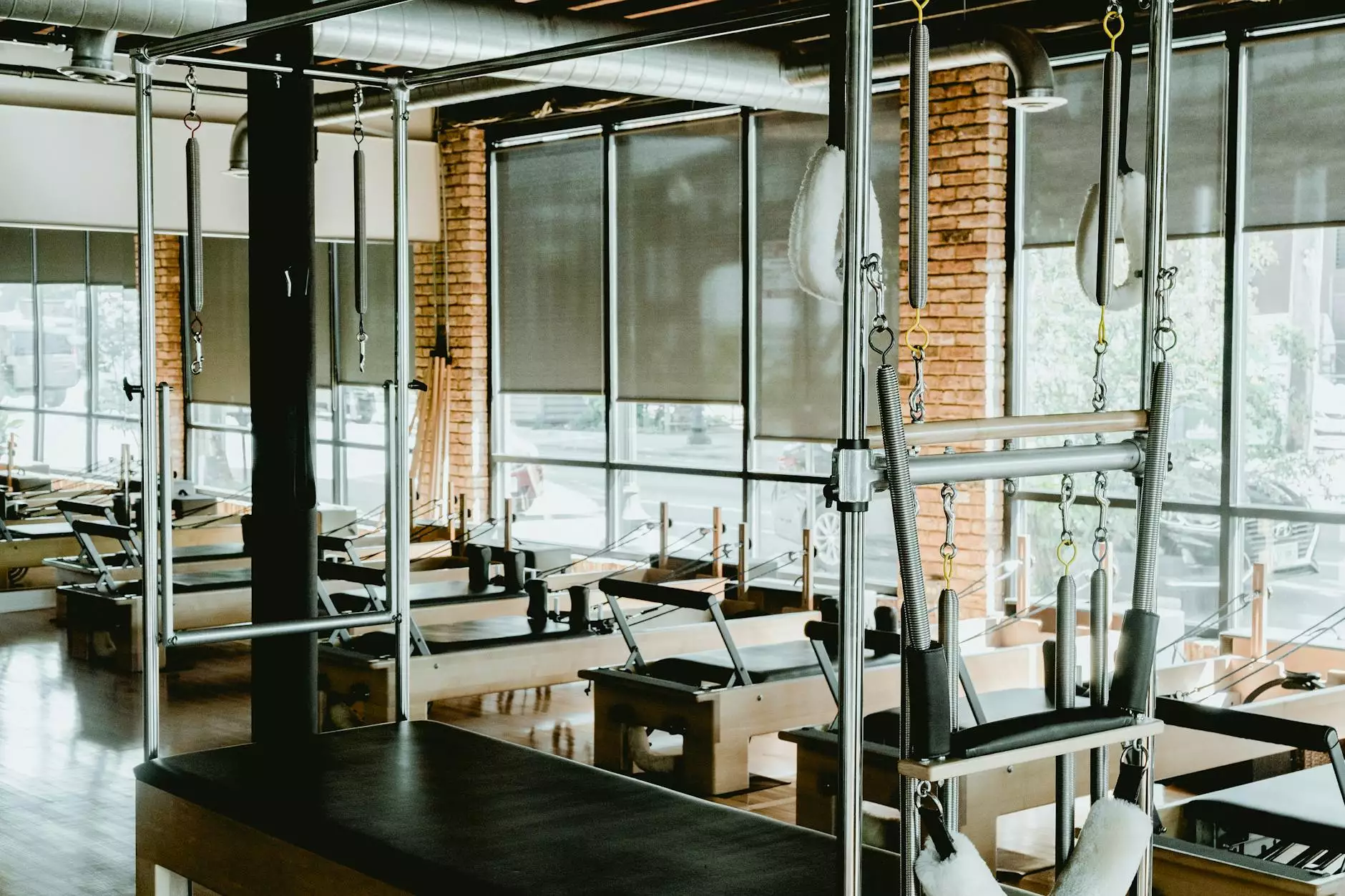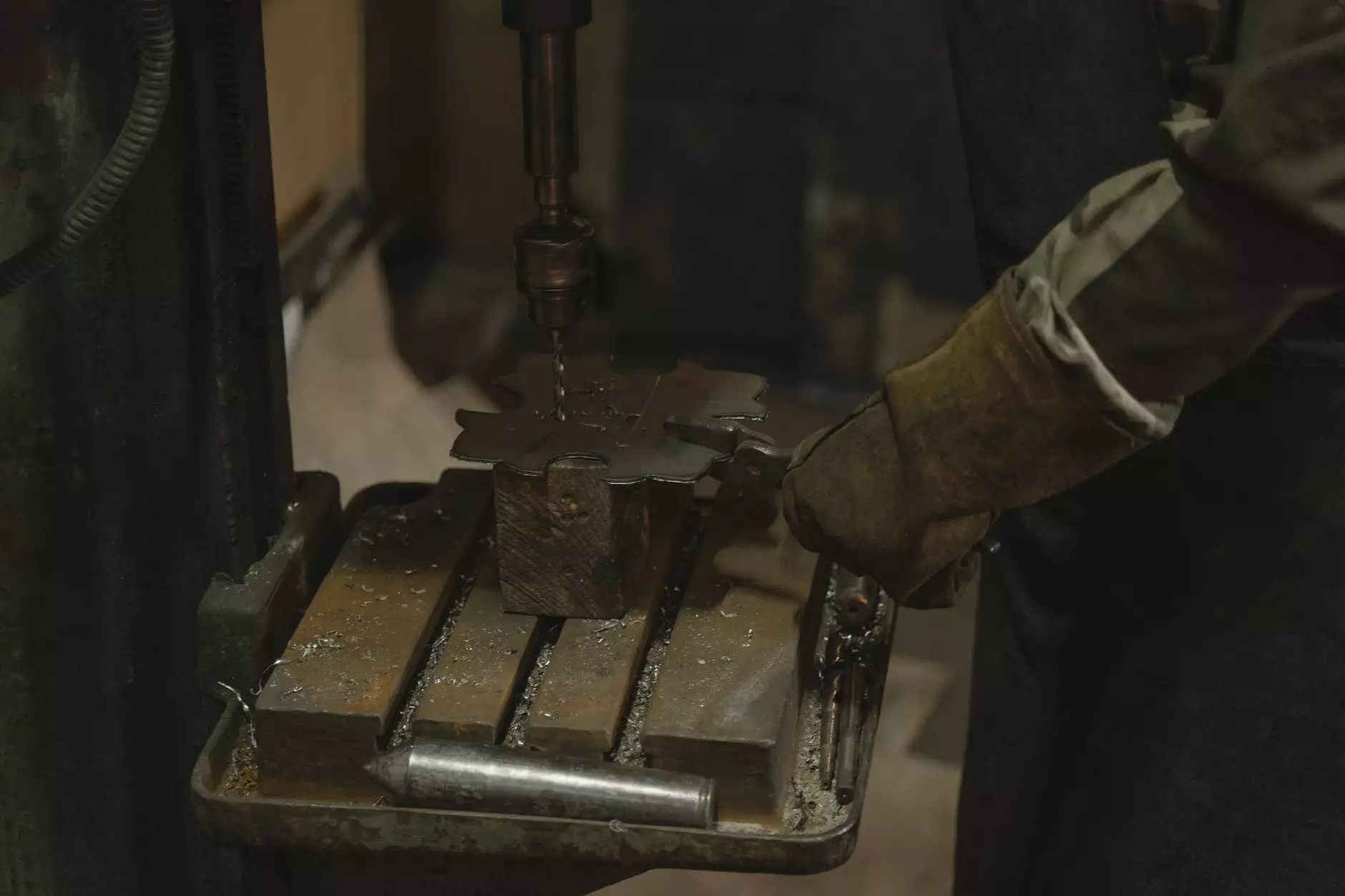Understanding Diastasis Recti and the Role of Postnatal Pilates

Diastasis recti, a condition that affects many women post-pregnancy, involves the separation of the abdominal muscles. This separation can lead to a host of physical issues, including lower back pain, poor posture, and an inability to engage the core effectively. The good news is that with the right approach, including postnatal pilates, you can address these concerns and foster a healthier recovery.
What is Diastasis Recti?
Diastasis recti occurs when the rectus abdominis muscles, commonly referred to as the "six-pack" muscles, become separated along the midline of the abdomen due to hormonal changes and physical stress during pregnancy. This condition can not only affect the aesthetic appearance of the abdomen but may also hinder normal functional movements, impacting everyday activities.
Symptoms and Diagnosis of Diastasis Recti
Identifying diastasis recti is crucial. Symptoms may include:
- Bulging or protrusion of the belly during activities such as lifting or sitting up.
- Lower back pain which can stem from weakened core stability.
- Difficulty engaging your core or controlling movements.
- Changes in posture, leading to an increased curve in the lower back.
To diagnose diastasis recti, a healthcare professional can perform a simple physical examination. You may be asked to lie on your back and lift your head and shoulders while the provider checks for gaps between the two sides of your rectus abdominis.
The Importance of Postnatal Pilates for Recovery
Postnatal pilates has gained significant recognition as an effective means to rehabilitate the core and improve overall abdominal strength. Unlike traditional workouts, postnatal pilates focuses on gentle movements that aim to reconnect the mind and body while facilitating healing.
Here are some key benefits of integrating pilates into your postnatal recovery:
- Strengthening the Core: Pilates exercises focus on engaging the deep core muscles, helping to close the gap caused by diastasis recti.
- Improving Posture: Many postnatal women experience changes in posture. Pilates emphasizes proper alignment and muscle engagement, which helps improve posture.
- Enhancing Flexibility: Customized pilates routines can help restore flexibility that may have been lost during pregnancy.
- Promoting Mind-Body Connection: Pilates encourages breath work and mindfulness, which can significantly enhance relaxation and reduce stress.
Essential Pilates Exercises for Diastasis Recti
Incorporating specific pilates exercises into your routine can greatly benefit your recovery journey. Always consult a healthcare provider before starting a new exercise regimen to ensure it suits your individual circumstances. Here are some effective exercises:
1. Pelvic Tilts
This gentle exercise helps in pelvic stability. Start lying on your back, knees bent and feet flat on the floor. As you inhale, tilt your pelvis slightly upward, flattening your back against the mat. Exhale as you return to the starting position. Repeat this 10-15 times.
2. Heel Slides
Heel slides promote core engagement and pelvic stability. While lying on your back with knees bent, gently slide one heel along the floor away from you while keeping your back flat. Return to the starting position and alternate sides for a total of 10-15 repetitions.
3. Chest Lift
While lying on your back with knees bent, place your hands behind your head. Inhale to prepare, then exhale as you lift your head and shoulders off the mat, engaging your core. Hold for a moment before lowering back down. Perform 10-12 repetitions, ensuring that the belly button is drawn in towards the spine.
4. Bridging
This exercise strengthens the glutes and engages the core. Start in a supine position, knees bent and feet hip-width apart. Inhale, engaging your core, and lift your hips towards the ceiling, holding for a few seconds before lowering. Repeat this 10-15 times.
Combining Postnatal Pilates with Other Practices
It's essential to understand that while postnatal pilates specifically addresses diastasis recti, you may also derive benefits from integrating other practices. Consider:
- Physical Therapy: A licensed physical therapist can create a customized program tailored to your specific recovery needs.
- Yoga: Postnatal yoga can enhance flexibility and relaxation, complementing pilates well.
- Breathing Techniques: Focused breathing can significantly enhance core engagement and aid in relaxation.
Understanding the Healing Timeline
Recovery from diastasis recti varies widely from individual to individual. A combination of consistent exercise, proper nutrition, and self-care can lead to improvements within weeks to months. It's crucial to stay patient and listen to your body throughout the recovery journey.
Conclusion: Embrace Your Postnatal Journey
The journey of recovery post-pregnancy can be challenging, but with the right tools and support, including postnatal pilates for diastasis recti, you can redefine your strength and well-being. Remember, every woman's body is unique, and the key is to approach your recovery with patience and determination. By staying informed and proactive, you can navigate your postnatal health with confidence.
postnatal pilates diastasis recti








